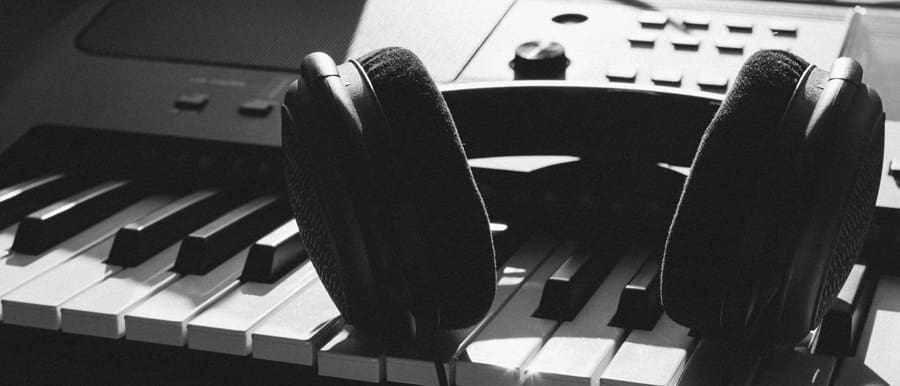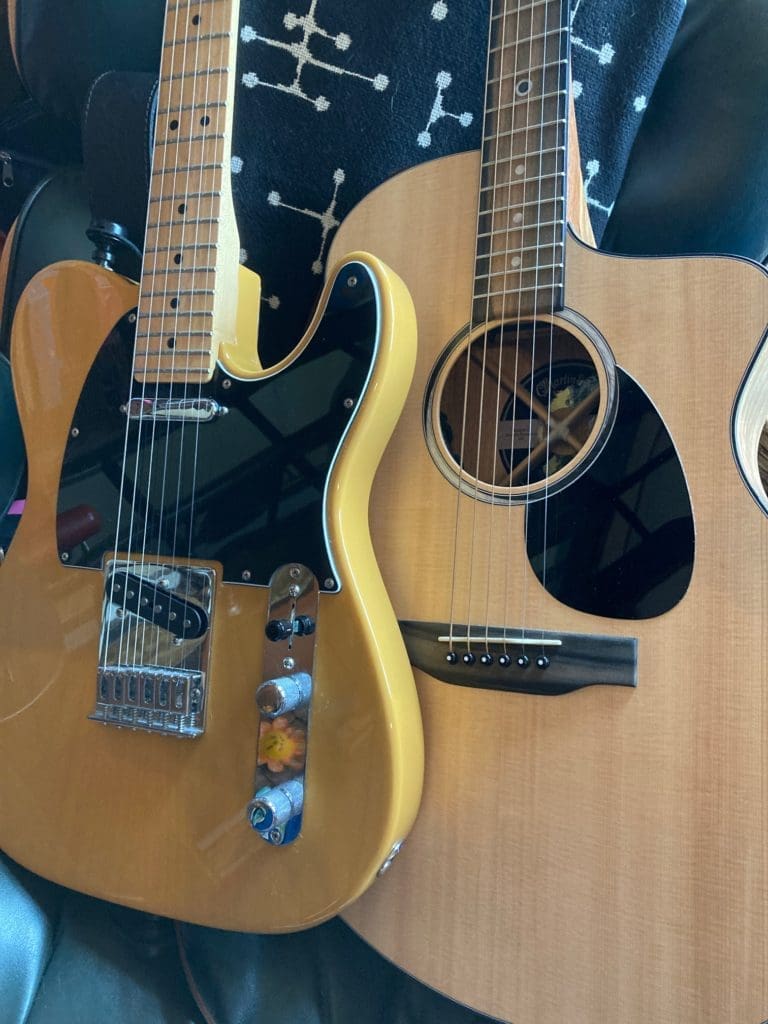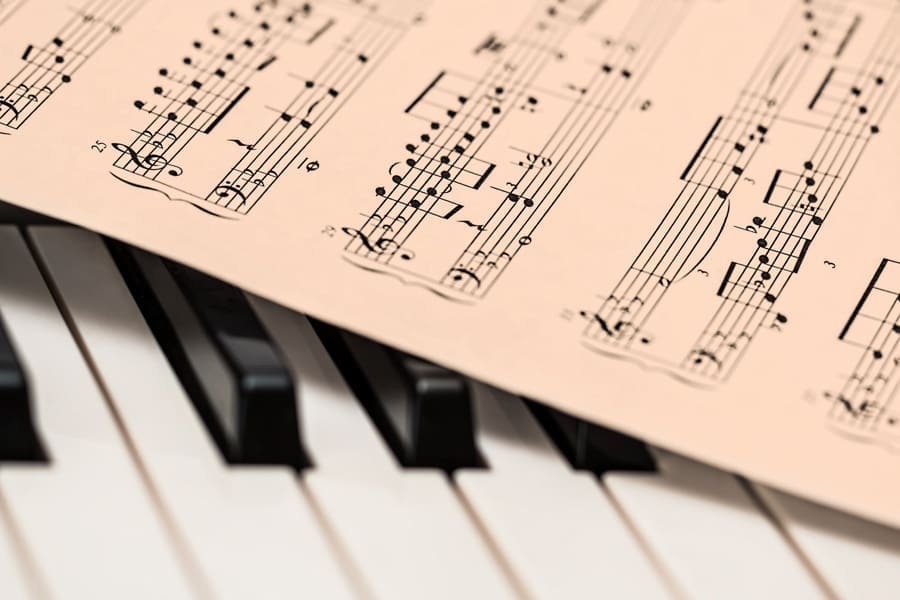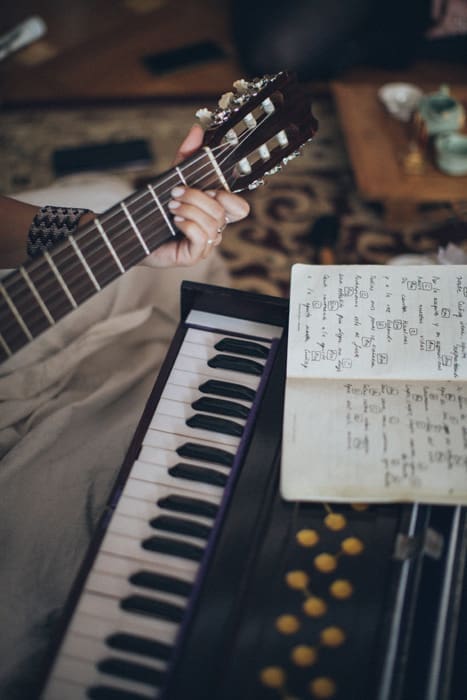Playing an instrument like the piano or guitar is a lifelong journey of expression, self-discovery, and joy. However, along this path, many musicians find themselves grappling with the balance between a deep understanding music theory and exploring creativity (without the theory “rules”). Inspired by my own struggle with balancing theory and creativity, as well as recently reading Stewart Copeland’s “Police Diaries,” I want to explore finding harmony in musical pursuits by discussing the art of blending music theory and creativity on the piano or guitar (my primary instruments).

The Importance of Music Theory
First and foremost, let’s establish the value of music theory. As a musician, learning music theory opens up a world of understanding in terms of chord progressions, song structures, and the tools needed to create, analyze, and even recreate your favorite music. By sharpening your theoretical knowledge, you’re able to dive deeper into the language of music and communicate your ideas more effectively to other musicians and listeners alike.
Expanding the Scope of Music Theory

As you strengthen your foundation in music theory, you begin to see patterns and connections that weren’t evident before. This understanding serves as a roadmap, guiding you through the vast landscape of musical possibilities. For example, knowing how a ‘ii-V-I’ progression works in jazz can revolutionize your improvisation abilities. Similarly, understanding the concept of ‘circle of fifths’ can enlighten you about how chords naturally progress in classical and pop music. In essence, music theory gives you the ‘why’ behind the music you love, making you a more informed and versatile musician. It allows you to explore complex music concepts, like modulations and polyrhythms, and equips you with the necessary tools to experiment with these musical ideas in your compositions. Furthermore, music theory is not just about chord progressions and scales. It also encompasses the study of musical form, dynamics, ornamentation, and notation – all of which significantly contributes to your musical vocabulary.
The Art of Playing
While music theory helps us understand the underlying structure of music, the act of playing an instrument is where creativity and self-expression come into play. There’s an undeniable thrill in exploring your creativity through the piano or guitar, crafting melodies, and bringing your own musical ideas to life. This process becomes even more exhilarating when we strike a balance between theory and creative freedom.
Striking a balance between music theory and creativity is like finding a sweet spot between order and chaos. Having a firm grasp on music theory is like having a detailed map, showing you the established paths that others have tread before. It lets you understand the different ways you can traverse the musical landscape, and it gives you the tools and techniques to navigate effectively and with ease. On the other hand, creativity is akin to exploration and discovery, to stepping off the beaten path and charting your own course through the wilderness. It’s about capturing your unique voice and expressing your individuality through the instrument.
Explore!

However, it’s essential to remember that these two aspects aren’t mutually exclusive. Just as an explorer uses a map to venture into unknown territories, a musician uses theory to guide their creative explorations. A deep understanding of theory allows you to see the rules not as limitations, but as frameworks within which you can experiment and innovate. It lets you stretch the boundaries and push the conventions, creating music that is both novel and rooted in tradition.
Conversely, creativity breathes life into theory. Without the boldness to experiment and the courage to make mistakes, theory remains a mere intellectual exercise. It’s when you take the theoretical knowledge and apply it in practice, when you take risks and try new ideas, that theory becomes a powerful catalyst for artistic growth.
So, how do we strike this balance? It varies from musician to musician, but a good starting point is to see theory and creativity as complementary, rather than competing, forces. Use theory to understand and learn from the masters, and use creativity to put your unique spin on what you’ve learned. Don’t be afraid to break the rules once you’ve understood them, and remember that, at the end of the day, music is about expression and connection – theory and creativity are just tools to help you achieve that.
Striking the Balance
So, how can we harmonize our knowledge of music theory with our desire for creative exploration? Here are some tips to guide you on this journey:
- Start by strengthening your foundation in music theory. Dedicate time to practicing scales, chords, and progressions, while also experimenting with different musical styles.
- Allocate specific times for free-form play and experimentation. Allow yourself to make mistakes and explore new ideas without judgment.
- When composing, apply your theoretical knowledge to help structure your piece. This will provide a solid framework for your creativity to flourish within.
- Collaborate with other musicians who may approach their instrument differently. Learning from others can present you with new perspectives and techniques to help balance theory and creativity.
Personal Anecdotes
There are countless examples of famous musicians who found unparalleled success by weaving music theory and creativity into their work, such as the Beatles, Radiohead, Marillion and Prince, to name a few. As I mentioned earlier, reading Stewart Copeland’s “Police Diaries” ignited new energy within me as I recognized the importance of embracing the balance between theory and creativity. Like these great musicians, we too can discover our own unique voice by finding harmony between these two essential aspects of music.
The Role of Improvisation
Improvisation, while it may appear to be an act of spontaneous creation, is in fact deeply rooted in the understanding and application of music theory. Experienced jazz musicians, for instance, are adept at weaving intricate tapestries of sound within the framework of established chord progressions. They know, almost instinctively, where to place a diminished seventh or a minor ninth to create a particular mood or effect. This is not a skill that comes from pure intuition, but rather, it is a product of honing one’s theoretical knowledge and applying it in real-time scenarios. By mastering the rules of music theory, these musicians are able to push the boundaries of their creativity during improvisation, manipulating chords, scales, and rhythms to craft unique and compelling musical narratives. Improvisation, therefore, exemplifies how a solid grounding in music theory can unleash, rather than restrict, a musician’s creative potential.
Summary

In conclusion, finding harmony between music theory and creativity on the piano or guitar is an essential endeavor for any musician seeking to truly master their instrument. By integrating both aspects into your practice, you’ll unlock new levels of artistic expression and musical fulfillment. Remember to be patient, persistent, and open-minded as you explore this delicate balance on your musical journey.
Now, it’s your turn! Share your experiences in balancing theory and creativity on your instrument in the comments below. Happy playing and have fun!
Subscribe today not to miss a thing.
My blog posts of the week emailed to you in a nice little (email) package.



